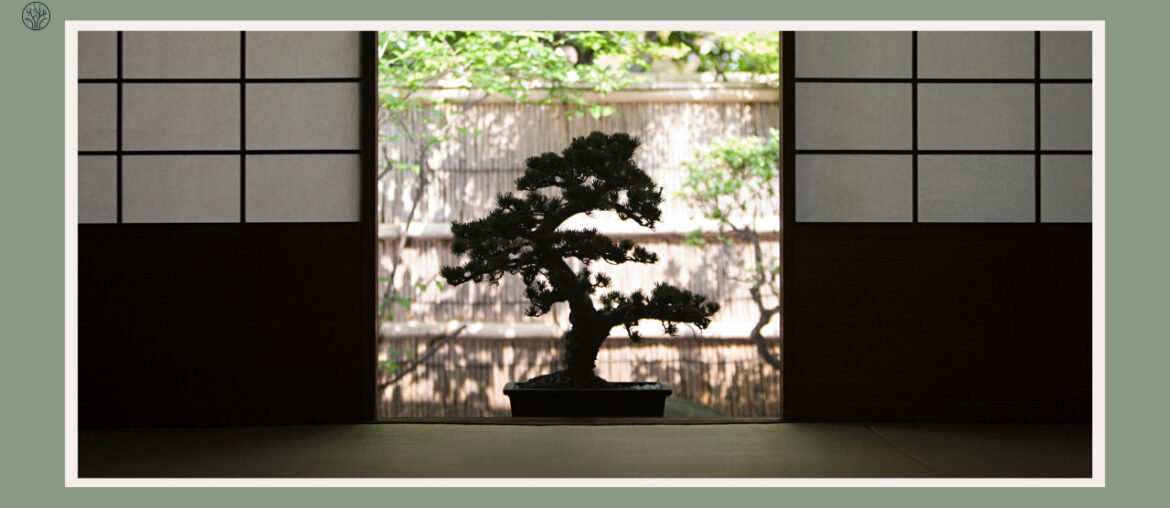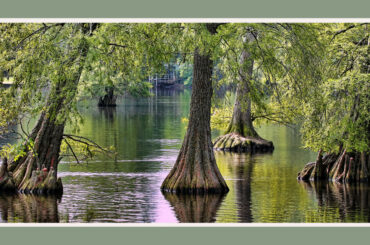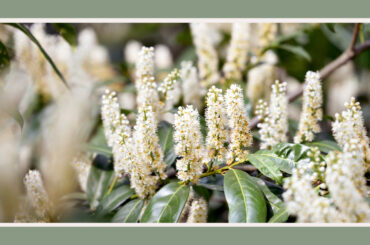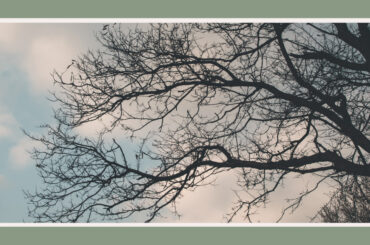The oldest bonsai tree in the world has been alive for over 1,000 years, witnessing the rise and fall of civilizations and the changing of seasons.
How long can a bonsai tree live for? That is a mystery that no one can answer for sure. However, we can admire and learn from the oldest bonsai trees that have survived the test of time.
In this blog, we will explore the 7 oldest bonsai trees in the world.
1. Ficus Retusa Linn
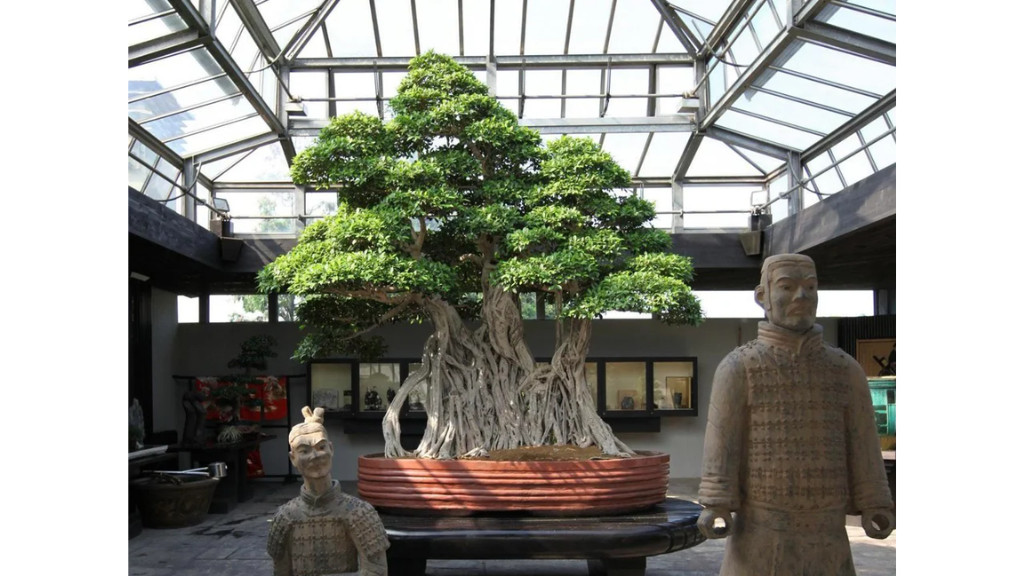
The oldest bonsai tree in the world is the Ficus Retusa Linn, a living witness to over 1,000 years of history. This tree is the pride and joy of the Crespi Bonsai Museum in Italy.
- Age: Over 1000 years
- Location: Crespi Bonsai Museum, Italy
- Origin: China, with a history of care by Japanese and Italian masters
The tree was nurtured by expert Chinese masters for centuries until Luigi Crespi, the museum’s founder brought it to Italy. Crespi spent ten years pursuing this tree, a reflection of its unparalleled beauty and value in the bonsai world. The tree has thrived under the museum’s care, its sturdy trunk and graceful branches showing the strength and flexibility of the Ficus species. The tree is a stunning attraction that draws visitors from all over the world.
2. Juniper Bonsai
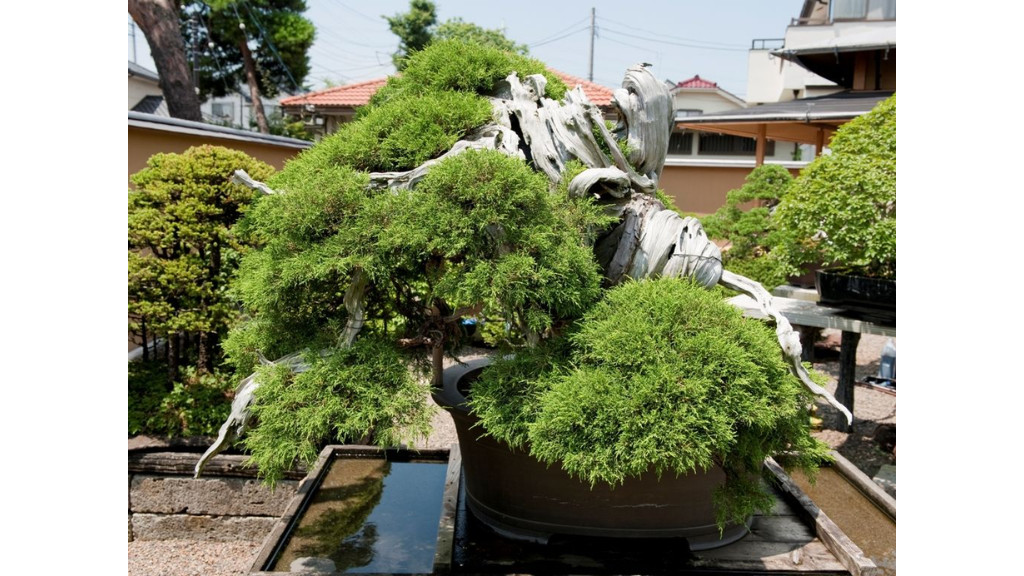
The Juniper bonsai at the Mansei-en nursery in Omiya Bonsai Village is a living legend, dating back to around a thousand years ago. This tree is a marvel of the bonsai art form, embodying the passion and tradition of the craft across generations.
- Age: Approximately 1000 years
- Location: Mansei-en Bonsai Nursery, Omiya Bonsai Village, Japan
- Notable for: Being one of the oldest and most revered bonsai trees in Japan
This Juniper bonsai, with its gnarled trunk and verdant, evergreen leaves, is a witness to the centuries of history and culture that have shaped the art of bonsai. The Kato family, who have been the guardians of the Mansei-en nursery since the 1800s, welcomed the public to their garden in 1925, allowing visitors to admire this ancient tree. The tree’s survival is a result of the careful attention and optimal environment provided by the nursery, ensuring that this living heritage continues to flourish. Its existence is not only a national treasure for Japan but also a wonder and inspiration for bonsai lovers worldwide.
3. Shunkaen Bonsai Trees
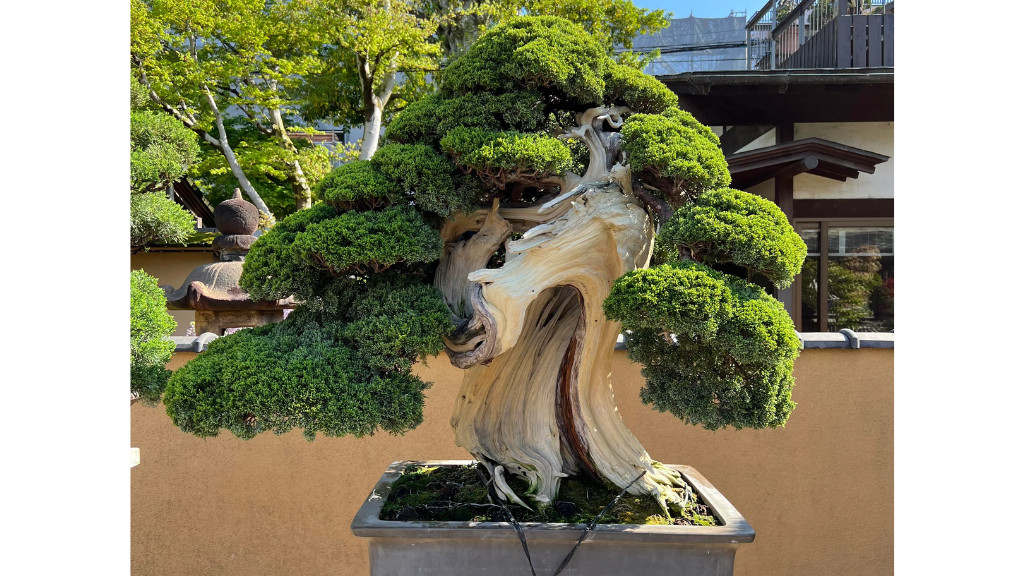
The Shunkaen Bonsai Museum in Tokyo, curated by the renowned bonsai master Kunio Kobayashi, is home to two of the world’s oldest bonsai trees. These trees are over 800 years old, and they are stunning examples of the ancient art of bonsai. They connect the past and the present, embodying the timeless beauty of this living art.
- Age: Over 800 years
- Location: Shunkaen Bonsai Museum, Tokyo, Japan
- Caretaker: Kunio Kobayashi, a prominent bonsai master
The Shunkaen Bonsai Museum is a haven for the tradition of bonsai. The two ancient trees have been cared for through the centuries, passing from one bonsai master to another. Kobayashi, with over 30 years of experience, has not only preserved their beauty but also showcased their glory to the world since the museum’s opening in 2002. These trees are more than mere plants; they are living artworks, sculpted by time and human devotion.
4. The Fudo Bonsai
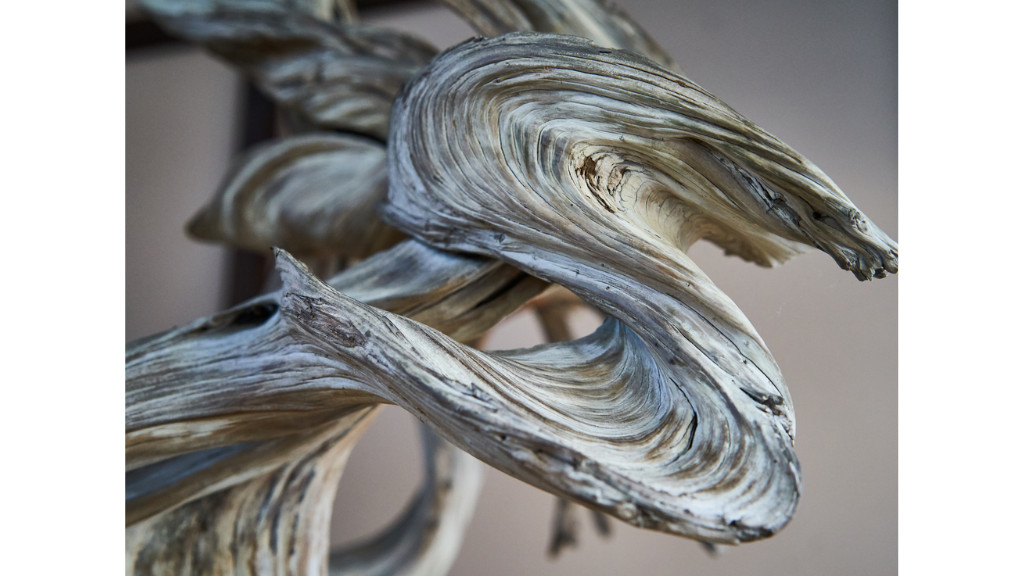
The Fudo is an ancient bonsai that belongs to the esteemed collection at the Omiya Bonsai Art Museum in Japan. This tree is a stunning example of what bonsai masters can achieve through the art and beauty of bonsai cultivation.
- Age: Estimated to be 800 years old
- Location: Omiya Bonsai Art Museum, Japan
- Characteristics: Known for its rugged, weathered appearance and powerful presence.
Known for its rugged, weathered appearance and powerful presence. The Fudo’s name, derived from the Japanese deity of fire and wisdom, reflects the tree’s formidable character and the immense dedication required to sustain such a specimen. It is a living masterpiece, molded by time and the skill of bonsai masters, expressing the vigor and spirit of the art form.
5. Akao Herb & Rose Garden’s Red Pine
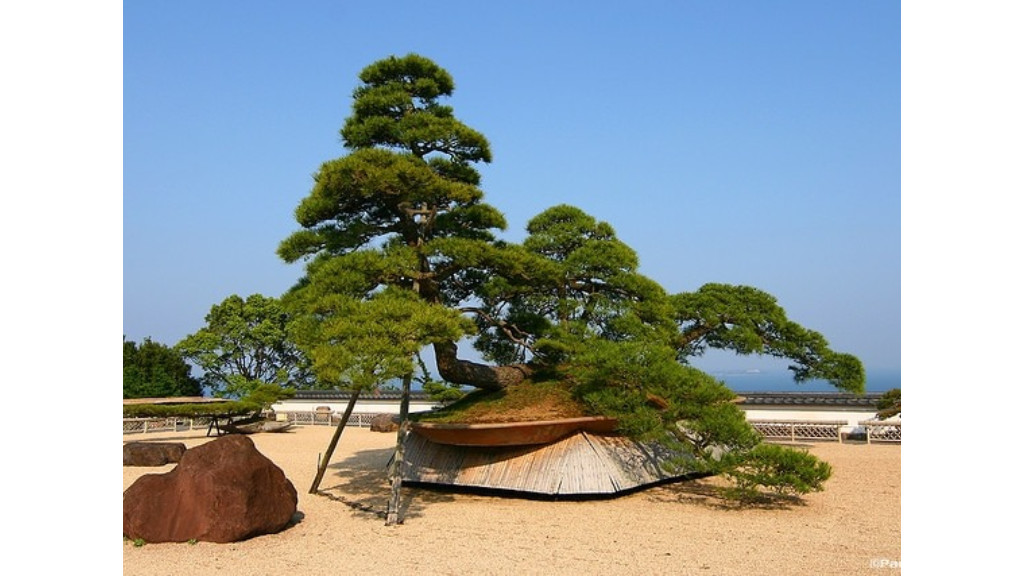
Within the verdant surroundings of the Akao Herb & Rose Garden in Atami, Japan lives a red pine bonsai that surpasses the usual size expectations of bonsai. This red pine is not only one of the oldest bonsai trees but also one of the largest, displaying a unique combination of age and stature.
- Age: 600 years
- Location: Akao Herb & Rose Garden, Atami, Japan
- Distinctive feature: Considered to be the largest bonsai tree in the world
Considered to be the largest bonsai tree in the world. This red pine bonsai, with its broad canopy and sturdy structure, defies the norms, showing that bonsai can grow beyond miniature sizes. The tree’s remarkable dimensions, with branches so long that they need additional support, make it a spectacular sight. Despite its size, it stays true to the spirit of bonsai, confined within a pot and carefully cared for to preserve its shape and health. This tree is a living spectacle, demonstrating the diversity and limitless potential of bonsai cultivation.
6. Sandai Shogun no Matsu
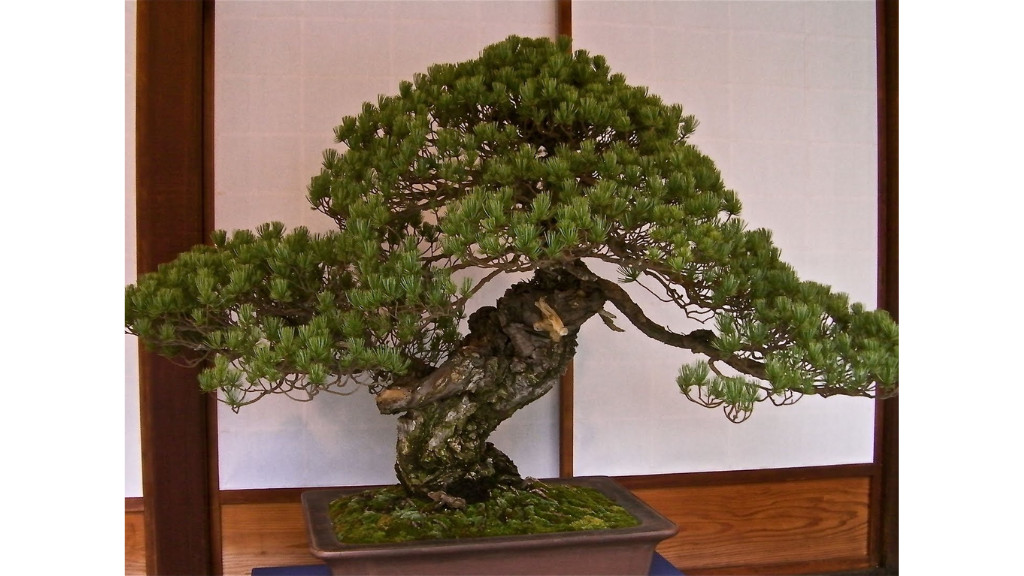
The Sandai Shogun no Matsu, a five-needle pine bonsai, is a treasure of Japanese history and culture. This bonsai, estimated to be over 500 years old, has seen the rise and fall of shoguns and emperors, expressing the spirit of Japan’s rich cultural legacy.
- Age: Over 500 years
- Location: Tokyo, Japan
- Historical significance: Named after Shogun Tokugawa Iemitsu and cared for by generations of Japanese royalty
This bonsai’s story is linked to that of the Tokugawa shogunate, having been named after the third shogun, Tokugawa Iemitsu. The tree’s age and the continuity of care it has received are a testament to the bonsai’s importance in Japanese tradition. As it has been handed down through the ages, each caretaker has added to the tree’s story, shaping its appearance and ensuring its preservation for future generations to admire.
7. Yamaki Pine Bonsai
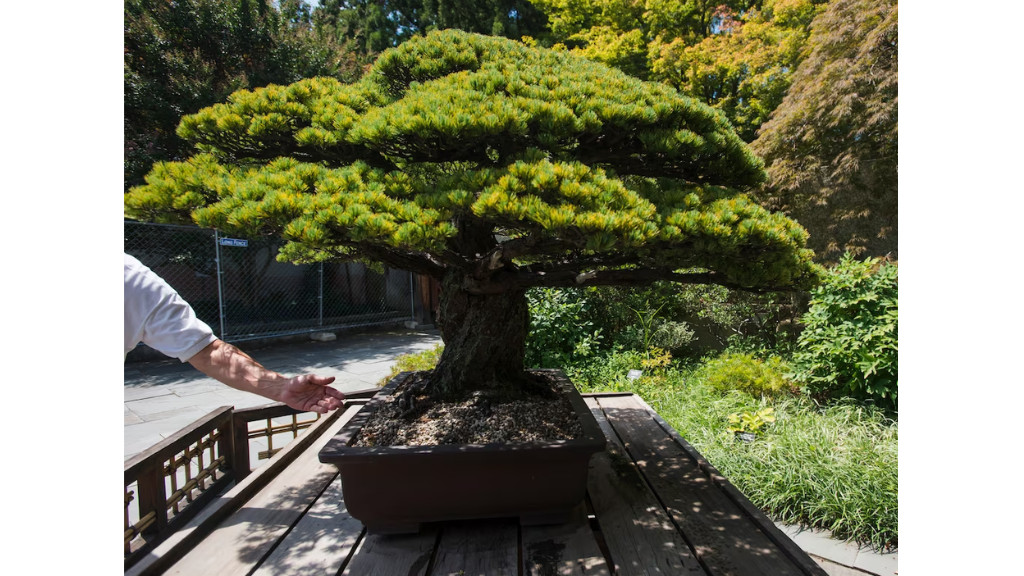
The Yamaki Pine is a white pine bonsai that has lived for over 400 years and survived the atomic bomb in Hiroshima. Since Masaru Yamaki gifted it to the United States, it has become a symbol of peace and resilience.
- Age: Over 400 years
- Location: National Bonsai & Penjing Museum, Washington, D.C.
- Historical Impact: Survivor of the Hiroshima atomic blast, representing peace and endurance.
This bonsai’s history is as remarkable as its appearance, with a trunk that shows the marks of its past and a shape refined by centuries of meticulous cultivation. The Yamaki Pine’s journey from Japan to the United States and its amazing survival story add layers of meaning to its significance as a bonsai.
How Long Does It Take A Bonsai Tree To Grow?
The growth of a bonsai tree is a journey, not a race. Unlike oak trees, bonsai growth is measured not just in height or girth, but in the development of its character and form. The time it takes for a bonsai to grow can vary widely depending on the species, the growing condition, and the vision of the bonsai artist.
- Growth Rate: Varies by species, with some growing quickly and others taking decades to reach full maturity.
- Training Period: Initial shaping can take several years, with ongoing refinement throughout the tree’s life.
- Maturity: Bonsai trees mature once they have a well-developed canopy and root system, typically after 10-15 years.
The art of bonsai is about creating a miniature representation of nature’s beauty. This process starts with a young sapling or cutting, which is then nurtured, pruned, and shaped over the years. Fast-growing species like the Ficus can show significant changes in a few short years, while slow-growers like pines and junipers may take decades to mature.
The bonsai artist’s role is to guide the tree, making careful adjustments to encourage desired growth while respecting the tree’s natural tendencies. These can involve proper shaping techniques, removing any unwanted branches or black leaves, etc. It’s a delicate balance of patience and intervention, where the true ‘growth’ is as much about the tree’s aesthetic evolution as its increase in size.
Learn more: How to keep your trees healthy
Frequently Asked Questions
What happened to the 400-year-old bonsai tree?
The 400-year-old bonsai tree, which was stolen from a bonsai nursery in Japan, was a priceless specimen of immense cultural and historical value. The tree was eventually returned, much to the relief of the bonsai community. This incident highlighted the deep emotional and cultural connections that bonsai enthusiasts have with these ancient living artworks.
Is an 800-year-old bonsai tree also at Shunkaen?
Yes, Shunkaen, the bonsai museum in Tokyo managed by the esteemed Kunio Kobayashi, is home to a bonsai tree that is over 800 years old. This tree is one of the oldest known bonsai trees in the world and is a prime example of the longevity that bonsai trees can achieve under careful cultivation and maintenance.
Where did the bonsai originate 1200 years ago?
The art of bonsai is believed to have originated in China over a thousand years ago, under the name “penjing,” which involved the cultivation of miniature landscapes in containers. The practice was later adopted and refined in Japan, where it evolved into the form of bonsai as we know it today, focusing on individual trees.
How old can a bonsai tree get?
The age of a bonsai tree can vary greatly depending on the species, care, and environment. Most bonsai tree lives up to 50 – 80 years. Some bonsai trees can live for 100 years, with the oldest on record being over 1,000 years old. The key to their longevity lies in the meticulous care and favorable conditions, allowing these trees to outlive their standard counterparts in nature.

